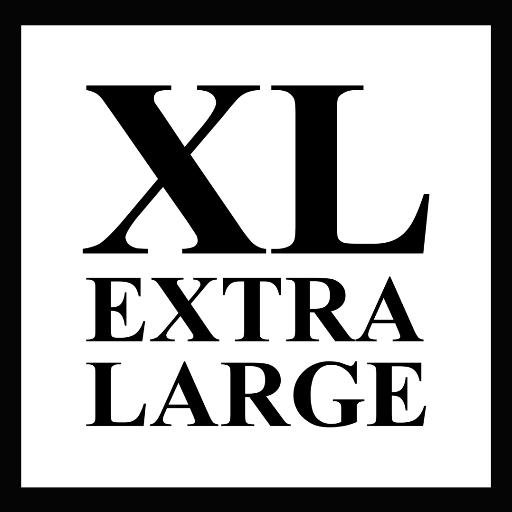Life Insurance Policy Forensics
Follow the 7 helpful tips to review life insurance coverage below and you will either improve it or have confirmation that the policy is appropriate. It makes sense to review all insurance coverage every two years. Done this way, each type of insurance should take no more than 15 minutes.
For many individuals who own or purchase life insurance, having an objective and impartial advocate in the process proves to be invaluable. It is a complex asset class, there are hundreds of insurance companies with 50 State Insurance Departments. For individuals or businesses, our service helps you navigate the life insurance world with the comfort of impartiality defining underscoring the relationship. Acting in the best interests of our clients is the cornerstone of our practice.
For institutional owners of life insurance policies or individual trustees of trust owned policies, life insurance is an asset that must be regularly monitored by the policy owner. The owner is a fiduciary and is therefore responsible for the policy and for keeping it in good standing as any other asset for which they have this responsibility. When revocable or irrevocable trusts are owners of life insurance, we recommend that the policy or policies be reviewed on a regular basis by the Trustee. If the review is out-sourced to a professional, we suggest that these reviews be done on a fee basis.
Long before other professionals began working in this area, we recognized the value of an unbiased, fee-based option to give trustees and owners the proper level of due diligence assurance and trustee compliance.
The life insurance industry is in a constant state of change making a life insurance policy a complex financial tool. Many types of policies and their components are misunderstood by the policy owner. The insurance industry is constantly changing the way life insurance is designed, priced and underwritten. Having an objective professional who is not contractually prohibited from selling products is similar to the value of a real estate appraisal done by an independent appraiser.

FREE OR FEE? IS THERE A DIFFERENCE?
Trust Owned Life Insurance (TOLI) should be treated as a “buy and manage” asset. Too often, life insurance agents offer only the buy function and not the manage function as this is typically not part of their standard discipline. Every Trustee and Owner of a life insurance policy must ask themselves this question: “Is there a difference in the value of a life insurance policy review done on a fee basis versus a free review?” Is the review being done by a sales agent as a way to create selling opportunities? The goal for policy owners is to develop a review and monitoring model based on best practices versus predatory practices. When the owner is in a fiduciary capacity, the review process should be done on a fee basis to ensure impartiality.
THE 7 BENEFITS OF A REVIEW – CHANGE CREATES RISK FOR OWNERS HELD TO A FIDUCIARY STANDARD.
- Life Expectancy has lengthened. Insurance companies have implemented pricing and underwriting standards to reflect these improvements. There have been significant changes in heart disease, cancer, diabetes, high blood pressure, mental disorders, medications and other medical issues.
- Insurance companies have introduced innovative new products and pricing techniques that reduce premiums and improve policy performance. For example, indexed universal life is policy type that did not exist 20 years ago.
- Interest and dividend crediting rates change. Economic conditions are always changing, requiring insurance companies to either increase or decrease their crediting rates. These crediting rates are directly tied to the rate of return in the policy. As a result, due to today’s low interest rate environment, many interest sensitive policies such as Universal Life, Variable Life, Indexed Universal Life and various combinations of these, issued prior to 2000 are not performing as originally intended.
- Market conditions have changed. Fluctuations in the stock market have impacted life insurance. Many customers purchased Variable Universal Life policies in the 1990s that are at risk of failing or in need of re-calibration due to these fluctuations.
- Planning goals of the policy owner may have changed. Evaluation of current goals and needs is an essential part of the life insurance audit process.
- New products have emerged possibly making previous product selections less desirable in light of new options.
- Federal Estate and Gift Tax laws have changed which can eliminate the need for coverage.
WHAT IS INCLUDED IN THE REVIEW?
- A client update of original goals and objectives and a policy summary.
- Location of original policy and all amendments.
- A review of the structure of the policy, ownership, beneficiaries, payment methods, relative to the client objectives.
- An assessment of possible rate class improvements.
- An evaluation of the effect of changes in interest rates/sub-account performance, increase in cost of insurance, or any combination thereof. Updated carrier ratings provided from national rating agencies.
- Market Comparison. An objective evaluation on whether there is a more cost effective and reliable way to provide the results the client expects. This is intended to ensure that the client’s current and future objectives are being met. Also review the availability of new or improved carrier products.
- Context Analysis –is the policy still suitable for the current estate plan, as circumstances are constantly changing in clients’ lives as well as applicable tax law?
- Premium Funding Analysis – Many policies will eventually lapse due to poor policy performance, leaving the client with a sizeable premium increase. Current projections will be obtained to view the policy under different conditions.
- Stress Test – Worst case scenarios will be analyzed by running a variety of different illustrations from inforce carrier(s) and alternative carrier(s).
- Secondary Market Analysis – If it is determined that a policy is no longer needed or wanted, rather than lapsing or surrendering the policy, it may make more sense to sell to a third party institution in exchange for an immediate cash settlement or arranging for a lender to make the premium payments.
Before any review can be begin, it is critical that we speak with the insured/owner and their advisors in order to gain important insight concerning the policy’s origination, purpose of insurance and how it fits into today’s planning goals and objectives. Please contact us at 561-9-869-4500 or email me to arrange a complementary consultation about our policy review services.
Also published on Medium.







